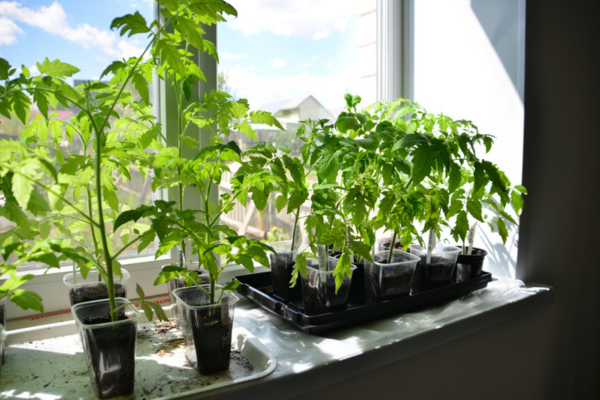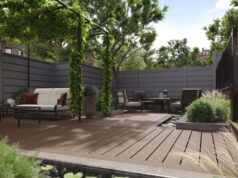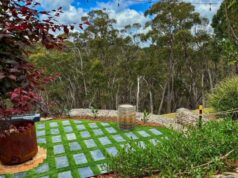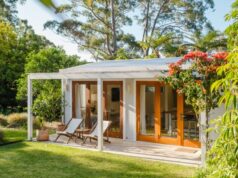
Why container gardening works for renovations
Container gardening is a flexible solution for renovations, especially when ground planting isn’t possible. It allows builders and renovators to integrate functional greenery without altering existing landscapes. Containers let you control soil quality, drainage and placement—ideal for adding value to balconies, patios and hardscaped courtyards.
Choosing the right containers
To support annual vegetables and herbs, containers should be at least 30 cm wide and 40 cm deep; dwarf fruit trees and small shrubs require roughly double that size. A variety of materials—terracotta, ceramic, plastic and timber—remain popular. Terracotta is charming, but it needs sealing inside and out to avoid moisture issues. Modern renovations favour sleek, modular planters that complement building materials and allow for future reconfiguration.
Best plants for edible containers
Herbs such as basil, mint and parsley are excellent choices for compact spaces. Popular vegetables include cherry tomatoes, lettuce and radishes. Strawberries and dwarf citrus can also thrive in deep containers. Urban styles are shifting towards native, drought-tolerant edible plants that require less water and maintenance—perfect for low-effort, high-impact results.
Design trends for 2025
Vertical and space-saving setups are more popular than ever. Wall-mounted racks, tiered planters and tower gardens help maximise greenery without compromising floor area. Self-watering planters and moisture sensors are becoming practical necessities, supporting busy renovators and smart-home upgrades. Recycled plastic, bamboo and eco-materials are preferred for their sustainability and aesthetic harmony.
Urban and microclimate considerations
In apartments or high-rise renovations, balconies create unique environments. Heat reflected from concrete and strong winds can stress plants. Surveyors note that Mediterranean herbs like rosemary and olives are resilient choices, and shade hoods or wicking beds can improve planter conditions. Mobility and drainage are key when designing container gardens for urban dwellers.
Edible landscaping integration
The concept of edible landscaping—integrating food-producing plants into everyday design—is growing. Instead of separate garden patches, edible plants now feature in decorative planters, courtyard borders and raised planter walls. This approach enhances both beauty and functionality in renovation projects, aligning with sustainable and lifestyle goals.





